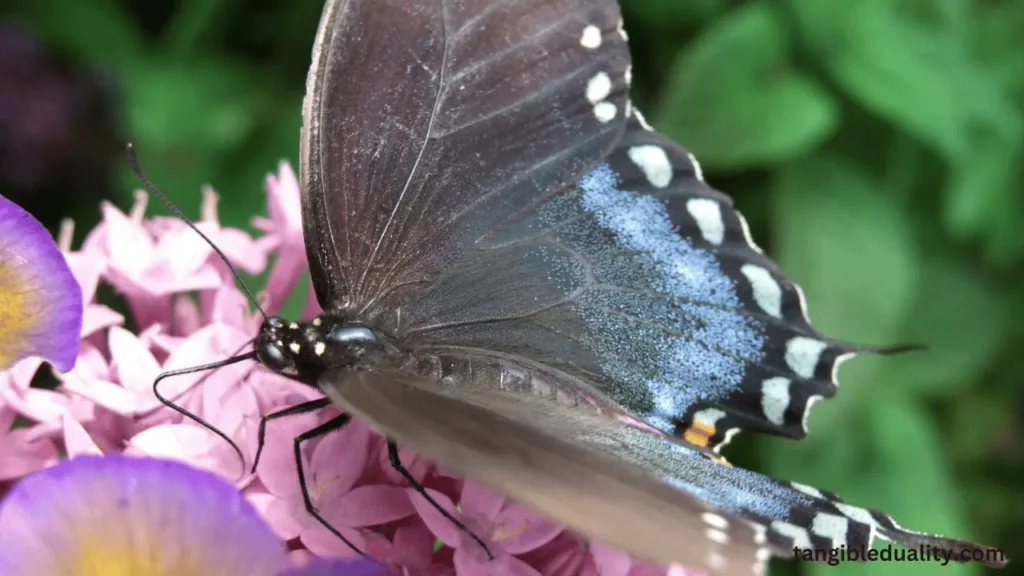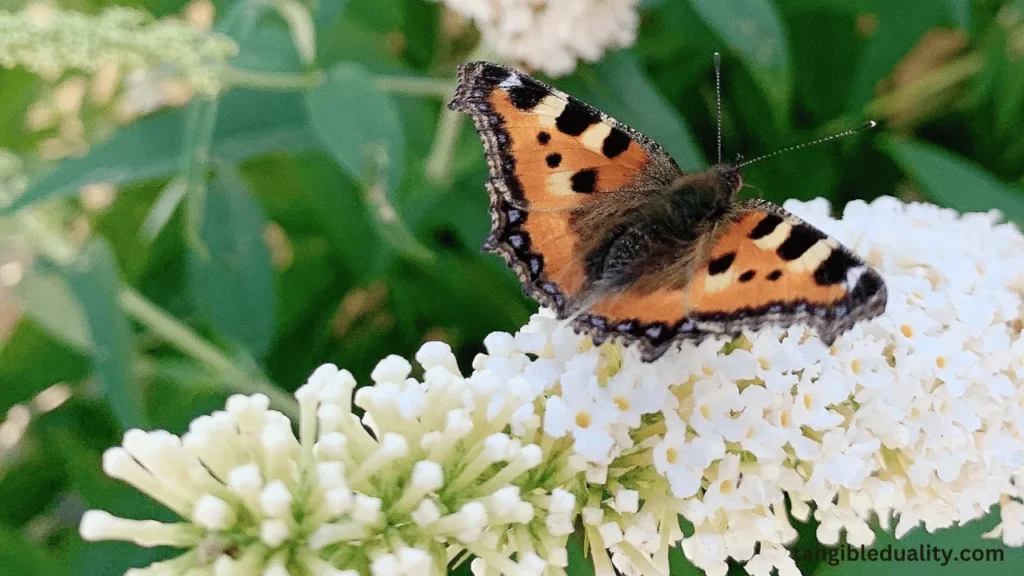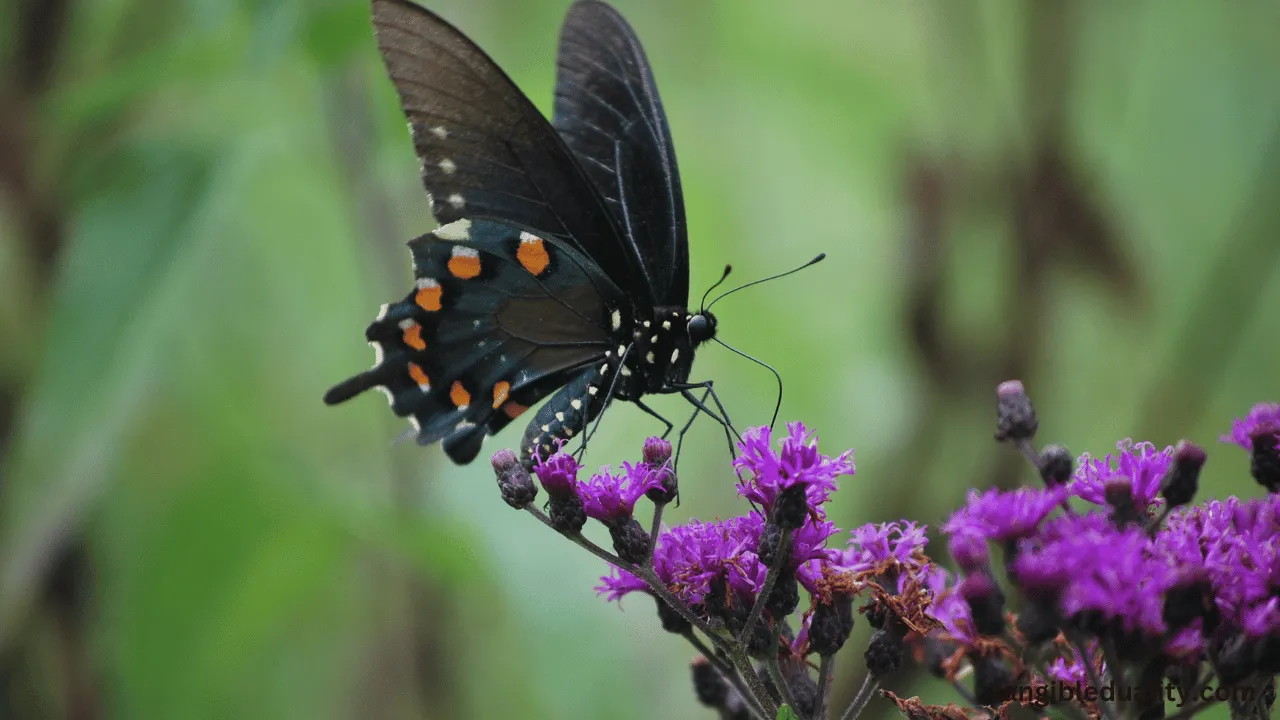As a beloved feature in many gardens, the butterfly bush is a popular choice for those looking to attract pollinators and add vibrant color to their outdoor space. However, it can sometimes concern gardeners when their butterfly bushes do not show signs of life. Is it dead, or is it just dormant?
We turn to the expertise of George Weigel, a renowned horticulturist and gardening expert, to provide insight into determining the health of your butterfly bush. With years of experience in the field, Weigel offers valuable tips and advice on assessing your plant’s condition and what steps you can take to revive it if necessary.
Whether you are a seasoned gardener or new to horticulture, understanding the signs of a dormant versus deceased butterfly bush is essential for maintaining a healthy and beautiful garden. Join us as we delve into the world of butterfly bushes and learn how to care for these stunning plants with George Weigel’s guidance.
Butterfly bushes are a popular addition to many gardens due to their attractive blooms and ability to attract butterflies. These plants, scientifically known as Buddleia, are known for their vibrant colors and their crucial role in supporting pollinators.

Understanding the Butterfly Bush
What is a butterfly bush, and what is its significance in a garden?
A butterfly bush, also known as a Buddleia, is a flowering plant of the genus Buddleja. Its nectar-rich flowers attract butterflies and other pollinators to garden landscapes.
How does a butterfly bush attract butterflies?
Butterfly bushes produce clusters of cone-shaped flower heads rich in nectar. Their sweet fragrance and bright colors attract butterflies, hence the name “butterfly bush.”
Can a butterfly bush be considered a shrub?
Due to its woody stems and branching structure, a butterfly bush is classified as a shrub. It can grow into a sizable shrub, making it a prominent feature in many gardens.
Assessing the Health of Your Butterfly Bush
How do you determine if your butterfly bush is dead or just dormant?
When assessing the health of your butterfly bush, look for signs of life, such as new growth, green stems, or budding leaves. If the plant shows no signs of life, it may indicate a potential issue.
What are the signs of dormancy in a butterfly bush?
Dormancy in a butterfly bush is characterized by the absence of visible growth, brown or brittle stems, and a lack of blooming. It is a natural phase in the plant’s life cycle where it conserves energy for the upcoming growing season.
When should you prune a butterfly bush for optimal health?
Pruning your butterfly bush is essential for maintaining health and promoting new blooms. It is recommended that the plant be pruned in late winter or early spring before the new growth emerges.
Caring for a Butterfly Bush in Winter
What precautions should be taken with a butterfly bush during winter?
During winter, butterfly bushes may appear dormant or even look dead. To protect the plant from frost damage, consider mulching around the base and providing adequate insulation.
Is it normal for a butterfly bush to look dead in winter?
Yes, it is normal for a butterfly bush to appear lifeless in winter as it undergoes dormancy to survive the colder months. However, proper care and protection can help it thrive come spring.
How can you protect a butterfly bush from winter frost?
To safeguard your butterfly bush from winter frost, consider wrapping the plant in burlap, covering it with frost cloth, or relocating potted bushes to a sheltered area. These precautions can prevent frost damage and ensure the plant’s survival.

Dealing with Invasive Characteristics of Butterfly Bush
What makes a butterfly bush invasive in certain regions?
Butterfly bushes have invasive tendencies in some regions due to their rapid growth, self-seeding behavior, and competition with native plant species. This can disrupt natural ecosystems and biodiversity.
Are there alternative plants to butterfly bushes to consider for a garden?
Gardeners concerned about the invasive nature of butterfly bushes can explore alternative flowering plants like hydrangeas, ornamental grasses, or native wildflowers. These species contribute to garden diversity without posing the same invasive threats.
How can gardeners prevent the spread of an invasive butterfly bush?
To prevent the spread of an invasive butterfly bush, gardeners should deadhead spent flowers, prune regularly to prevent self-seeding, and consider planting sterile cultivars that do not produce viable seeds.
Pruning and Encouraging Blooms in the Butterfly Bush
Why is pruning essential for maintaining a healthy butterfly bush?
Pruning helps rejuvenate the butterfly bush by removing dead or overgrown branches, promoting airflow, and encouraging new growth. It also stimulates the plant to produce more flower buds for a lush, blooming display.
When and how should you prune a butterfly bush for optimal blooms?
To encourage optimal blooms, prune your butterfly bush in late winter or early spring by cutting back last year’s branches to the ground level. This allows the plant to focus its energy on new growth and flower production.
What factors can promote the growth and blooming of a butterfly bush?
To promote healthy growth and abundant blooming in your butterfly bush, provide adequate sunlight, well-draining soil, regular watering, and occasional fertilization. These factors contribute to a thriving and vibrant plant.
Conclusion
Establishing whether your butterfly bush is dormant or dead can be quite important for caring for and upkeep of the plant. If you follow the advice of professionals like George Weigel, you will be able to make an accurate assessment of its status.
In addition to doing a scratch test on the stems to determine whether or not there is green tissue beneath the bark, it is essential to remember to examine the branches for indications of life, such as green tissue or blossoming.
Additionally, environmental elements such as temperature and current weather conditions should be taken into consideration because they have the potential to influence the plant’s dormancy.
If you are unsure about the current condition of your butterfly bush, you should seek the advice of a local gardening professional or horticulture. By providing it with the appropriate care and attention, you can preserve its health and longevity, regardless of whether it is dormant or has passed away.
FAQs
Q: How can I tell if my butterfly bush is dead or just dormant?
A: Look for signs of life such as sprouting in spring or green foliage. You can also scrape the branches to check for green tissue.
Q: Should I cut back my butterfly bush in the winter?
A: Yes, butterfly bushes usually die back to the ground in winter, so it’s recommended to cut them back to promote new growth in the spring.
Q: What should I do if my butterfly bush looks dead?
A: Wait until spring rolls around to see if it starts to sprout new growth. You may have to wait until then to determine if it is dead or just dormant.
Q: How can I revive a butterfly bush that looks dead?
A: You can try fertilizing the plant in spring and providing proper care to help it regrow. Contact us for more tips on reviving a struggling bush.
Q: Is a butterfly bush a perennial plant?
A: Yes, butterfly bushes are perennial plants that can survive the winter if properly cared for.
Q: What are common signs that a butterfly bush is probably dead?
A: Dead branches with no signs of new growth, rot at the base of the plant, or foliage that does not regrow in spring are indicators that the bush may be dead.
Q: Can a butterfly bush die back to the ground every winter?
A: Yes, butterfly bushes often die back to the ground in colder climates as a natural part of their growth cycle.
Q: How do I fertilize a butterfly bush to help it regrow?
A: Use a slow-release fertilizer at planting time or in early spring to promote healthy growth. Avoid over-fertilizing to prevent damage to the plant.
Q: What is the USDA hardiness zone where butterfly bushes can survive the winter?
A: Butterfly bushes can generally survive winters in USDA hardiness zones 5-9, but specific varieties may have different cold tolerance levels.

